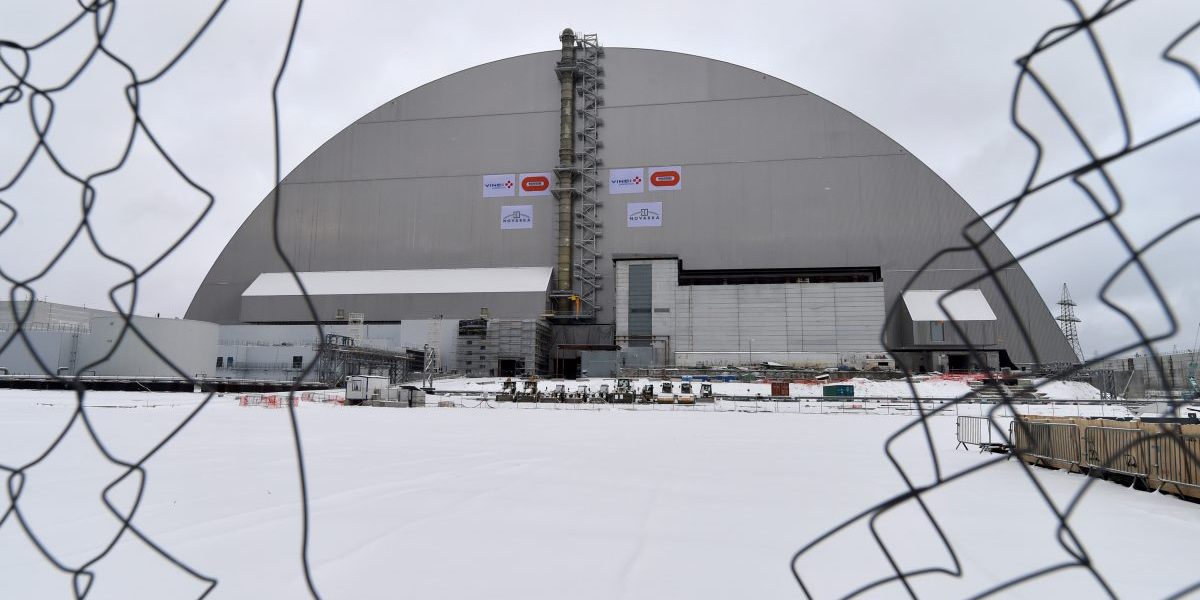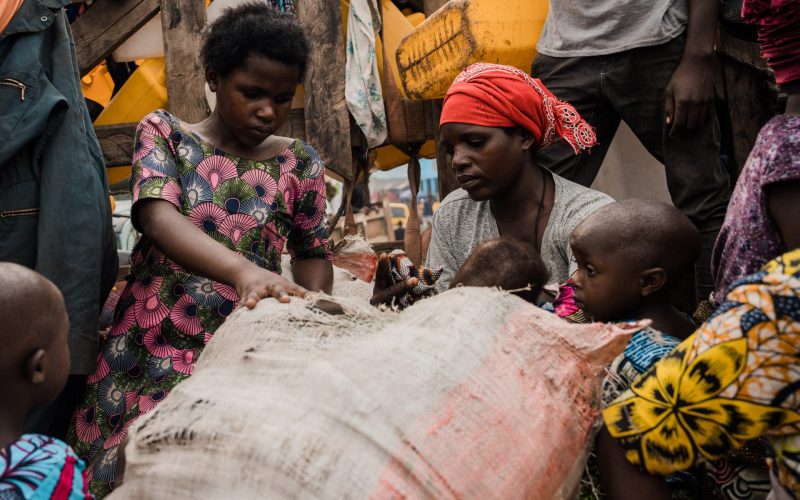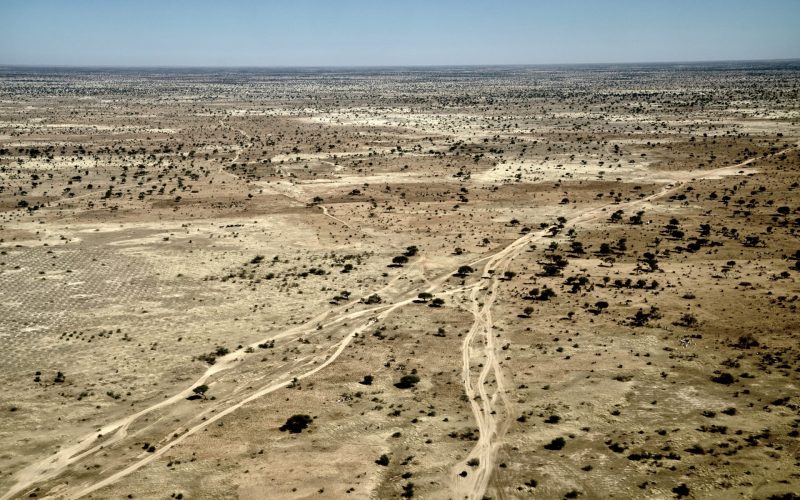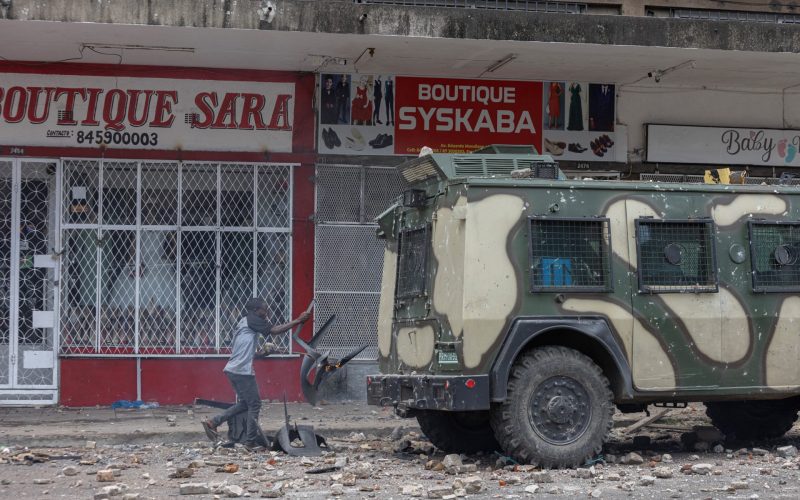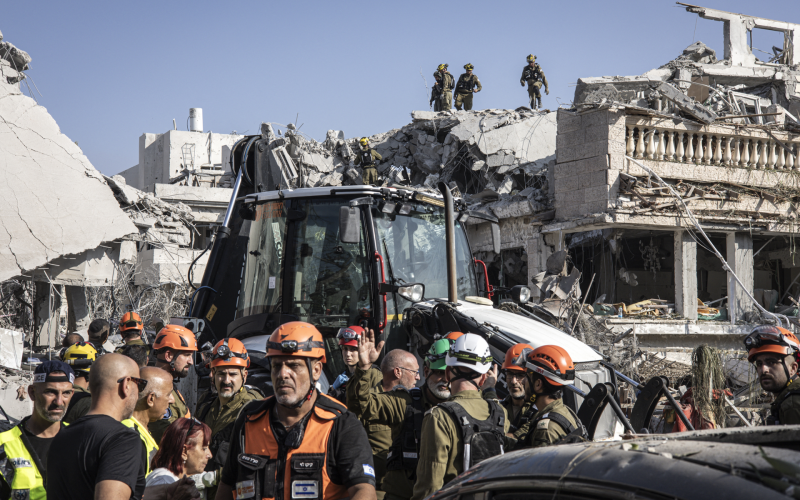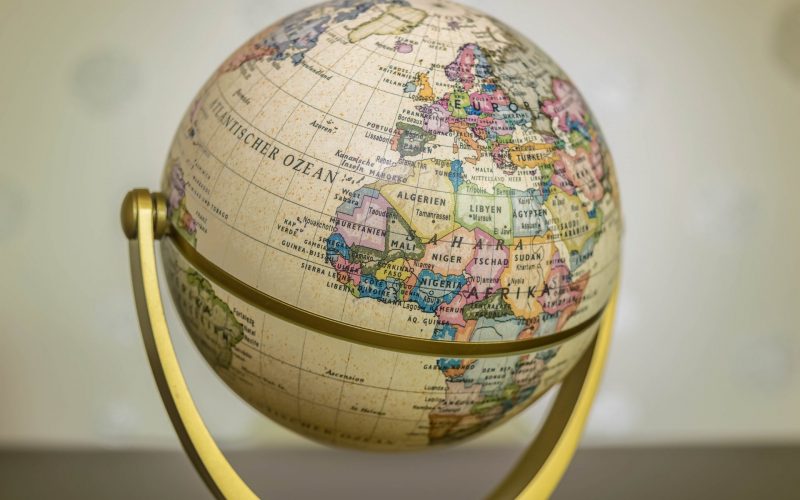The Chornobyl Nuclear Power Plant, on the outskirts of Prypiat – a Ukrainian city near the border with Belarus – is the site of the worst nuclear disaster in history. On 26 April 1986, the product of human error and design flaws, Reactor 4 suffered a critical meltdown that led to explosions and fires that caused severe environmental damage and spread radioactive material across Europe. The disaster resulted in multiple casualties and long-term health complications for many people exposed to the radiation.
Tons of radioactive material remained in the reactor building after the disaster and had to be sealed off to prevent the further spread of radioactive particles. Residents of Prypiat were evacuated on 27 April 1986, and a 30km radius exclusion zone was created around the Chornobyl plant. To ensure that any remaining radioactive material does not escape the ruins of Reactor 4, a so-called “sarcophagus” constructed from steel and concrete was built to contain it. Over time, this structure started to erode, and the risk of collapse and radiation exposure continued to grow. Construction of a stainless-steel arch intended to fit over the crumbling remains of the original sarcophagus and designed to last for 100 years, began in 2010 and was completed in 2019.
The exclusion zone is located on one of the most direct routes to Kyiv from Belarus, a Russian ally and Ukraine’s neighbour to the north. Ukraine had been concerned about the safety of the exclusion zone in the event of an invasion and had stationed troops in the area to guard against a Russian onslaught. After intense fighting however, Ukrainian troops lost control over the area on 24 February.
Mykhailo Podolyak, Ukrainian presidential adviser, announced after the capture of Chornobyl that, “It is impossible to say the Chornobyl nuclear power plant is safe after a totally pointless attack by the Russians”. He went on to describe the incident as “one of the most serious threats in Europe today”. While the damaged reactor itself might not seem like an attractive option, the capture of Chornobyl and the exclusion zone by Russia was highly strategic.
In the first place, Chornobyl’s location and proximity to the capital means that its geo-strategic value for Russia is almost unmatched by any other points of access. Furthermore, as Ukrainian officials have rightly pointed out, the safety and security of the sealed-off radioactive remains of Reactor 4 now hang in the balance along with that of the populations of Ukraine, Belarus and indeed Europe, should the radioactive material be allowed to escape its tomb. Whether purposefully or accidentally, any damage to the stainless-steel arch that houses the remains of Reactor 4 risks the escape of radioactive dust that will contaminate the area and lead to evacuations in the midst of a war.
Russia clearly does have the expertise to ensure its safety. But in his address announcing the launch of a “military operation” in Ukraine, Russia’s President Vladimir Putin issued an ominous warning to other states that interference in this instance would result in an “immediate” response from Russia, leading to “consequences that you have never faced in your history”.
Russia’s interest in the nuclear facility, therefore, raises the question of whether the world should brace for a nuclear war. While Putin did not explicitly mention nuclear weapons, his warning certainly did not exclude their use either. Ironically, Ukraine gave up its nuclear weapons in 1994 through an agreement known as the Budapest Memorandum. After the fall of the Soviet Union, around one third of Soviet-era nuclear weapons remained in Ukraine. During negotiations with Russia, the US and the UK, Ukraine voluntarily gave up its nuclear arsenal while the other states party to the Budapest Memorandum agreed not to threaten Ukraine and to heed its “independence and sovereignty and existing borders”.
Russia is one of the world’s nine nuclear weapons states and is currently in possession of 4,447 warheads. On 18 February 2022, Russia announced that it would commence with a series of nuclear drills involving practice launches of its intercontinental ballistic missiles and cruise missiles in the Crimean Peninsula. Such drills are not unheard of, but the precise timing of these exercises is a stark reminder that much in this war is uncertain and that nothing can be left to chance. Belarus is also holding a referendum on 27 February to decide whether or not to host Russian nuclear weapons on its territory.
Modern nuclear weapons are extremely sophisticated and are more powerful than those unleashed on Hiroshima and Nagasaki in 1945. The resulting nuclear fallout from the use of nuclear weapons by any of the states that possess them will not be confined to the areas in which they were set off but will be felt across the globe. Immediate death and destruction, long-term health risks, prolonged displacement of survivors from their homes, and devastating environmental damage are but some of the consequences of the detonation of these weapons.
Perhaps in capturing the Chornobyl site, Putin has introduced a new dimension to nuclear deterrence. The threat of unleashing the danger contained inside the remains of Reactor 4, could be enough to keep interference at bay. Ukrainian officials are rightfully concerned about the security of the site and indeed, monitoring what happens on the ground should be an international priority. The world and the International Atomic Energy Agency (IAEA) should take immediate action to ensure that the required nuclear safety surveillance over the site is actioned.
The IAEA is part of the UN system and must continue to prioritise its mandate of promoting the peaceful uses of nuclear energy. It has already reached out to the regulatory body overseeing nuclear power plants in operation in Ukraine, receiving feedback on developments on the ground. In a statement on the capture of Chornobyl, IAEA director general Rafael Mariano Grossi called for “maximum restraint” to avoid the collapse of containment measures at the site. It should also turn its focus to operational nuclear plants (there are 15) in other parts of the country and ensure that safety and security measures are upheld.
*Ukrainian spelling

